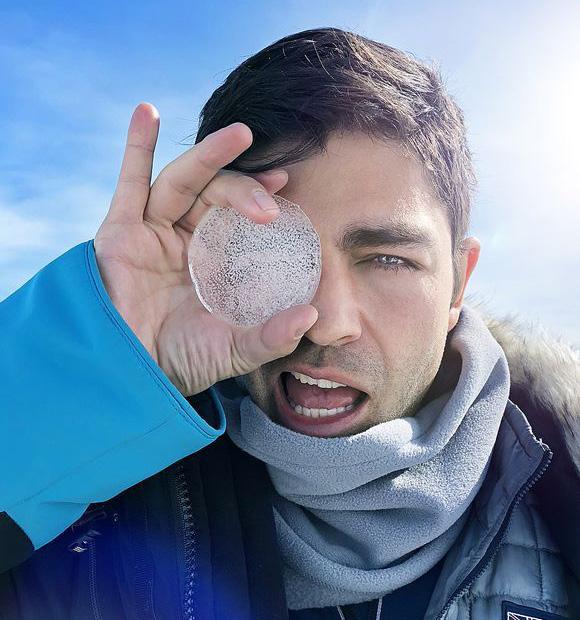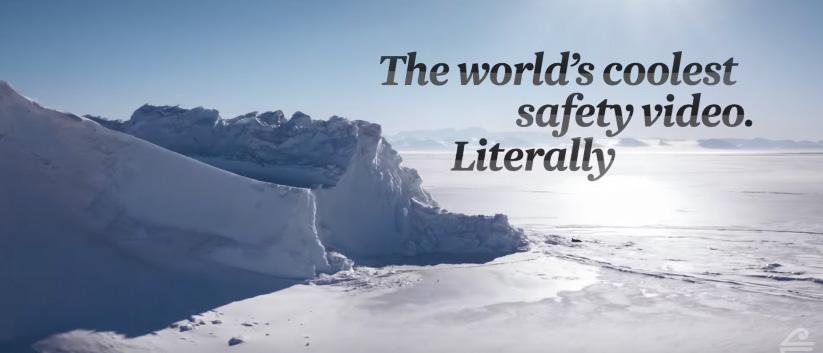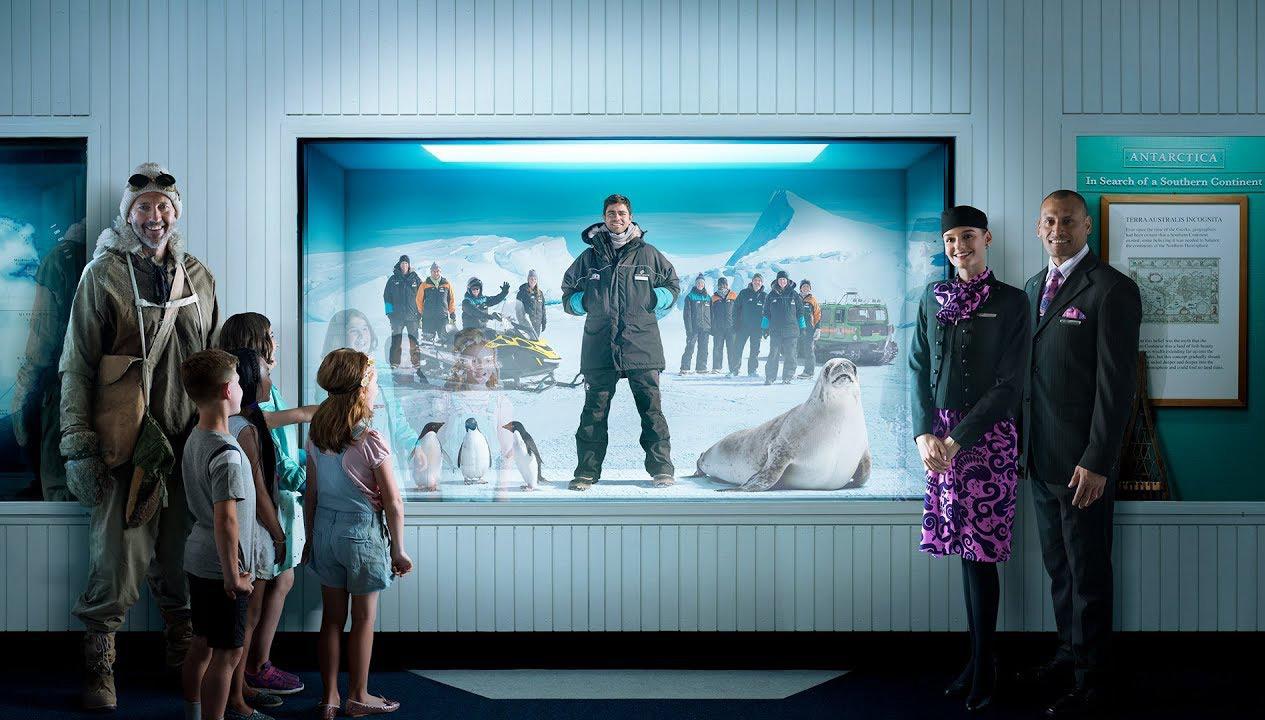
5 minute read
World's Coolest Safety Video - ANZ
World's Coolest Safety Video - Air New Zealand
When you think of safety videos, you think of Air New Zealand. Air New Zealand was the first to realise that an airline’s safety videos could become a piece of content viewed and shared by millions of people outside their aircraft.
Advertisement

This tactic has now been copied by airlines worldwide, so much so that last year’s SimpliFlying Awards for the first time had a category for ‘Best Safety Video’ (won by British Airways).
In Air New Zealand’s case, noteworthy safety video examples have included ‘The Hobbit’, ‘The Bear Essentials’ (featuring Bear Grylls) and ‘Safety in Hollywood.’
The latest Air New Zealand video is what they’ve call ‘The World’s Coolest Safety Video.”

Set in Antarctica and with environmentalist and actor Adrian Grenier providing the voice over, the video is a little different to previous efforts.
In particular this one highlights the airline’s support of the New Zealand Antarctic Research Institute and it’s commitment to a sustainable environment - not an easy message for an airline to pull off.

The video imparts the usual safety information, but with the backdrop of Grenier travelling around the icy continent. At the same time, the film features kids in a Christchurch, New Zealand, museum, who have come to learn about Antarctica.
According to The Drum, “To minimise the environmental impact of filming, a total crew of just six travelled to Antarctica, with Scott Base scientists and staff doubling as supporting talent in the safety video.” The Drum says that Air New Zealand is also planning supplementary content around the initiative and its support for research and conservation in the Antarctic.
Controversy Around Flight 901
It is a beautifully shot and highly informative video - we loved watching it. But this was without us initially being aware of the broader context, as most non New Zealanders won’t be.

In fact, unlike Air New Zealand’s other safety videos, this one has attracted a certain amount of controversy.
The reason is that Antarctica (or more specifically Mt Erebus, Antarctica), was the scene of New Zealand’s worst peacetime air disaster in 1979 with the crash of Air New Zealand flight 901.
As a result, some family members of the victims have reacted badly to it.
This has resulted in a number of local New Zealand media pieces including phrases such as “Isn’t it about time Air New Zealand simply got on with the job of flying planes rather than producing high-gloss cultural cringe safety videos?”, “Tone deaf Antarctica safety video from Air New Zealand facing backlash” and “withdraw this safety video immediately.”
In a thoughtful article, Eric Houghton, whose father died in the disaster recognises that the Air New Zealand of today is not the airline it was in 1979:
Nevertheless, he then continues with “to say I was astounded that Air New Zealand had filmed a safety video on Ross Island, Antarctica would be an understatement.”
Meanwhile, Winston Aldworth, the travel editor of the New Zealand Herald, wrote an article claiming that this “is a rare and very distasteful mis-step on the marketing front for an airline that usually manages its messages very well.”
As you would expect, Air New Zealand did contact families of the victims before the video was released.
In a letter, chief operations integrity and standards officer David Morgan said:
That environmental / research angle has been used by the video’s defenders.
Sir Rob Fenwick of the New Zealand Antarctic Research Institute, wrote that the airline “sets a much needed example to the international aviation sector where airlines are major contributors to global warming. Many feel airlines should take more responsibility for the impacts of their emissions.”
It is obviously a difficult question, where there is not necessarily a right answer.
As Shashank Nigam said in a SimpliFlying Live show, though the relatives’ reaction is understandable, you would also have to be well over 40 to remember the incident - this isn’t recent history for most people. In fact, the same New Zealand Herald issue which ran the story from their travel editor criticising Air New Zealand also had an online poll of 10,000+ participants where 55% said the airline was right to make it (with 37% saying they were wrong).
And outside New Zealand itself, the video has been a big success, notching up over 20 million views online.
Key Take-Away
When doing a marketing campaign, it is of course important to do your homework. Is there anything about the creative, the location, the actors, or about any other element that could attract controversy?
That doesn’t apply here, as Air New Zealand was very aware of the broader context, taking care to contact family members of victims before releasing the video.
We suspect though that they didn’t expect the full extent of the backlash, wanting simply to do something fun and informative to highlight Air New Zealand’s role as a good corporate citizen.
Now that the video has been released, it would arguably make things worse to withdraw it. Also, few passengers outside New Zealand will know anything about the Erebus disaster and will view the video on its own merits - just like we did before reading the coverage.
Indeed, the airline has been reasonably silent on the issue since the video was released, with one social media comment saying “Air NZ is a fabulous airline and a superb company but I am puzzled why they have stayed silent during this public relations debacle.”










